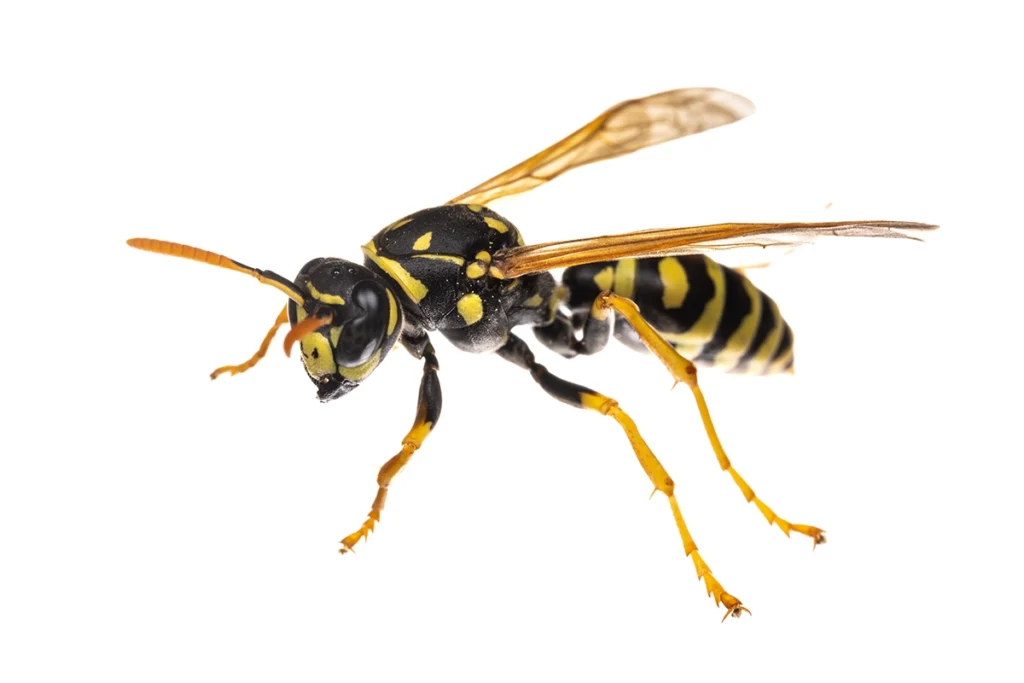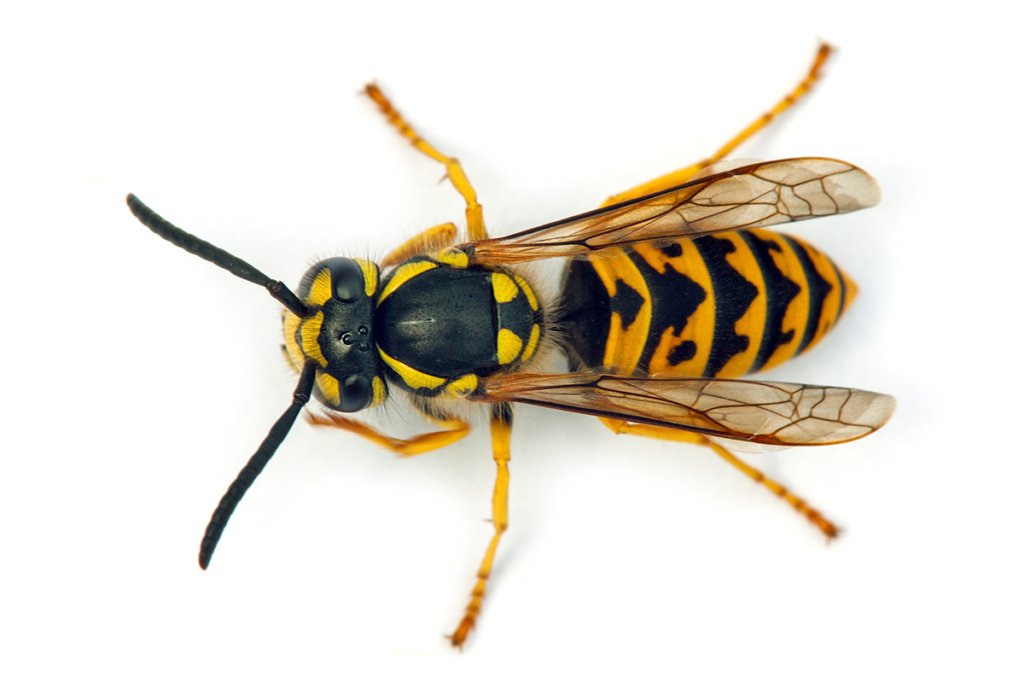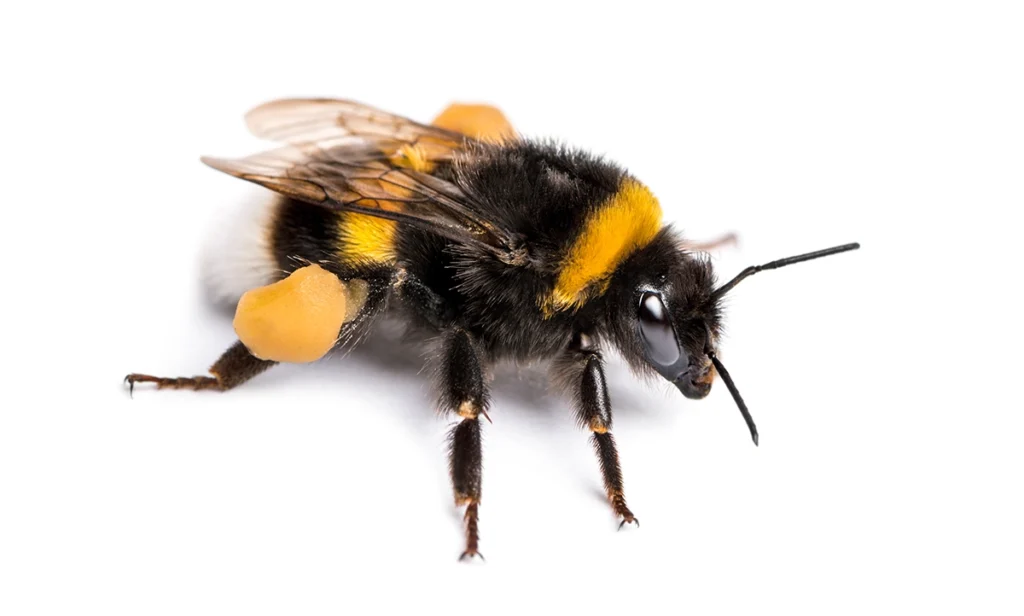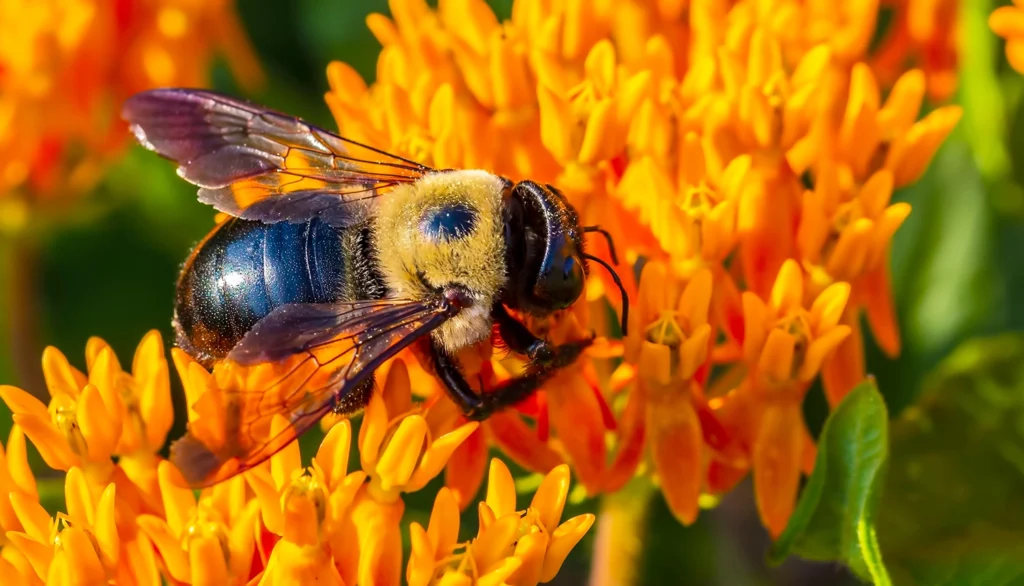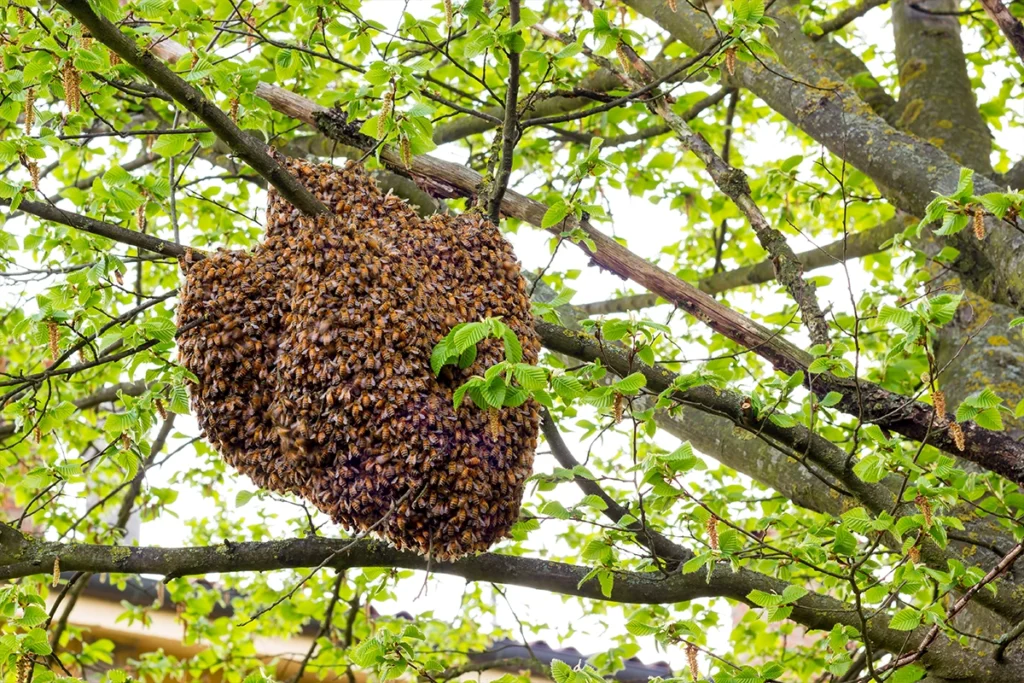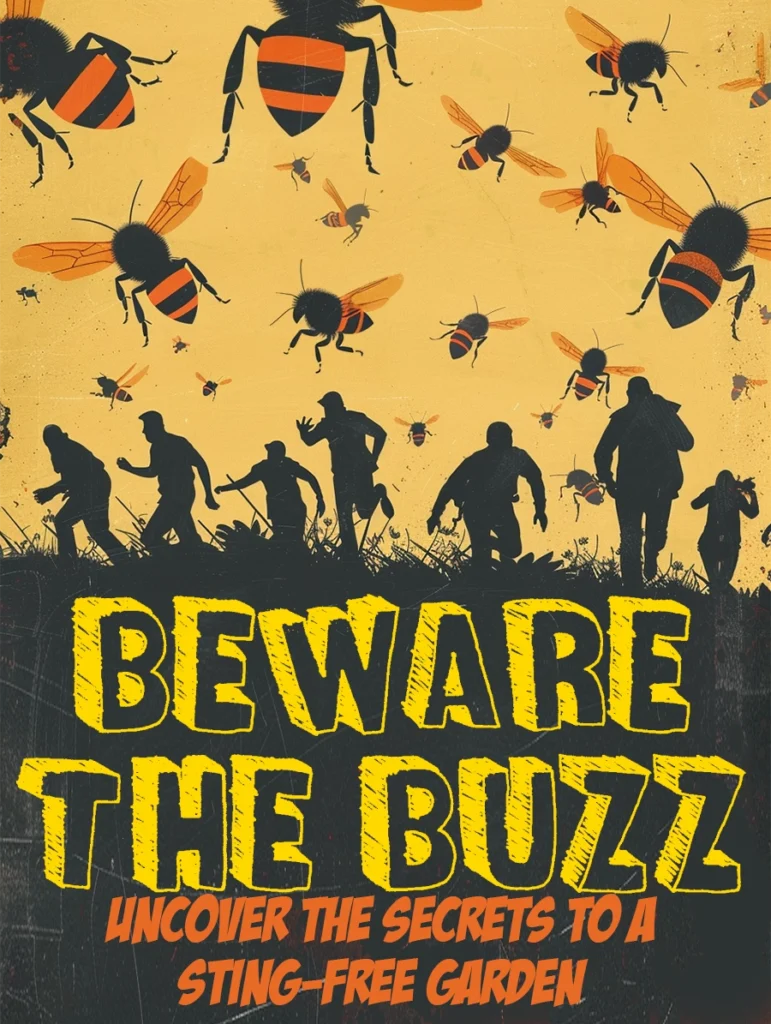
Beware the Buzz: Uncover the Secrets to a Sting-Free Garden!
As the warm weather approaches, homeowners are likely to spend more time outside. However, stinging baddies can put a damper on outdoor activities. Bees, wasps, and hornets are not just nuisances but can pose significant risks to those that are allergic. Understanding these insects and how to manage them is crucial for maintaining a safe and enjoyable yard.
Understanding Stinging Insects
Bees: The Pollinators with a Sting
Bees are essential for pollination, which is crucial for the health of our ecosystem. However, their stings can be painful and, in some cases, cause severe allergic reactions. Honeybees and bumblebees are the most common types found in gardens. Honeybees are generally docile unless their hive is threatened, while bumblebees can be more aggressive, especially when disturbed.
Wasps: The Uninvited Picnic Guests
Wasps, including yellowjackets and paper wasps, are more aggressive than bees and can sting multiple times. They are attracted to food and sweet drinks. This makes them frequent uninvited guests at outdoor gatherings. Like bees, wasps play a significant role in pollination.
Hornets: The Larger Threats
Hornets are a type of wasp but are larger and often more aggressive. Their stings are more painful, and they can attack in swarms if their nest is threatened. The European hornet and the bald-faced hornet are two species commonly found in local gardens.
Common Stinging Insects in the Area
In central California, it’s important to know your common stinging insects such as Paper Wasps, Mud Daubers, Yellowjackets, Honey Bees, Bumblebees, and Carpenter Bees.
These slim, elongated wasps are known for their papery nests which can often be found hanging from eaves or ledges. They are generally not aggressive but can sting if provoked. To avoid attracting paper wasps, keep food and drink containers covered. To keep them from setting up shop, repair any exterior holes or cracks that could provide entry points into your home.
Mud daubers are solitary wasps that construct nests out of mud. These nests are found in sheltered areas such as under eaves, porch ceilings, or in garages and sheds. While they are generally not aggressive and rarely sting, it’s important to remove their nests to prevent future infestations.
These aggressive insects are characterized by their yellow and black stripes. They’re known for building their nests in the ground, wall cavities, or other hidden areas. Their stings can be painful, and they are more likely to sting multiple times when their nest is disturbed. If you encounter a yellowjacket nest on your property, it’s best to seek professional pest control assistance to safely remove it.
Honey bees play a crucial role in pollinating plants and are generally not aggressive unless their hive is disturbed. If you find a swarm of honey bees in your yard or garden, contact a local beekeeper or pest control professional who can safely relocate the hive.
Bumble bees are known for their larger, more robust appearance compared to other bee species. They are valuable pollinators and vital for the ecosystem. If you find a bumblebee nest in an unwanted area, relocate it rather than exterminating the colony.
These bees bore into wood to create nests, which can cause damage to wooden structures around your property. Professional pest control can provide guidance on how to manage and deter carpenter bees.
Identifying Stinging Insect Nests
Knowing how to identify the nests of stinging insects can help you avoid them and take appropriate action to remove them.
Wasp Nests
Wasps build paper-like nests that can be found in various locations, including under eaves, in attics, or in trees. Yellowjacket nests are often hidden underground or in wall voids, while paper wasps build open, umbrella-shaped nests. Recognizing these nests can help you steer clear of them and plan for their removal.
Preventing Stinging Insects in Your Yard
Prevention is always better than dealing with an infestation. Here are some tips to keep stinging insects at bay.
Maintain Cleanliness
Stinging insects are attracted to food and sweet beverages. Keep your outdoor areas clean and free of food scraps, and make sure to cover trash cans securely. This simple step can significantly reduce the chances of attracting wasps and hornets.
Seal Entry Points
Inspect your home and garden for potential entry points where stinging insects might build nests. Seal cracks and gaps in walls, eaves, and around windows and doors. Regular maintenance can prevent bees and wasps from finding a place to nest.
Plant Wisely
Certain plants can attract stinging insects, while others can repel them. Avoid planting flowers that produce a lot of nectar and pollen near areas where you spend a lot of time. Instead, opt for plants like eucalyptus, mint, or citronella, which can deter these insects.
Regular Inspections
Conduct regular inspections of your yard and garden to identify and address nests early. Look for signs of activity, such as insects flying in and out of a particular area or clusters of insects around a specific spot. Early detection can help you manage the problem before it becomes serious.
Managing Stinging Insect Infestations
If you already have a problem with stinging insects, it’s important to manage it effectively to ensure safety.
DIY Methods
For small nests or early infestations, DIY methods can be effective. Use insecticidal sprays designed for stinging insects, and apply them during the evening when the insects are less active. Always wear protective clothing and follow the instructions on the product label.
Professional Pest Control
For larger nests or severe infestations, it’s best to call in professionals. At Killroy Pest Control, we have the expertise and equipment to handle stinging insect problems safely and effectively. Our trained technicians can remove nests and apply treatments to prevent future infestations, ensuring your yard and garden remain safe and enjoyable.
Emergency Situations
If you or someone else is stung and experiences a severe allergic reaction, seek medical help immediately. Symptoms such as difficulty breathing, swelling of the face or throat, or a rapid heartbeat require urgent attention. In such cases, emergency pest control services can also help remove the threat quickly.
Natural and Eco-Friendly Solutions
Many homeowners prefer eco-friendly pest control. Here are some natural solutions to consider.
Essential Oils
Essential oils such as peppermint, eucalyptus, and tea tree oil can repel stinging insects. Mix a few drops with water and spray around areas where you’ve seen insect activity. This can deter insects without using harsh chemicals.
Homemade Traps
Homemade traps can be effective for catching wasps and hornets. A simple trap can be made using a plastic bottle, some sugar water, and a bit of vinegar. Cut the top off the bottle, invert it into the bottom half, and fill with the solution. Wasps will be attracted to the sweet liquid and get trapped inside.
Plant Barriers
Certain plants can act as natural repellents. Consider planting marigolds, wormwood, or pennyroyal around your yard. These plants can help keep stinging insects away while adding beauty to your garden.
Make Sure To Enjoy Your Time Outside!
Dealing with stinging insects in your yard and garden can be challenging, but with the right knowledge and tools, you can manage them effectively. Remember, prevention is key, and early detection can save you a lot of trouble. If you have any questions or need professional assistance, don’t hesitate to contact Killroy Pest Control. We’re here to help you enjoy your yard and garden without the worry of stinging insects.

